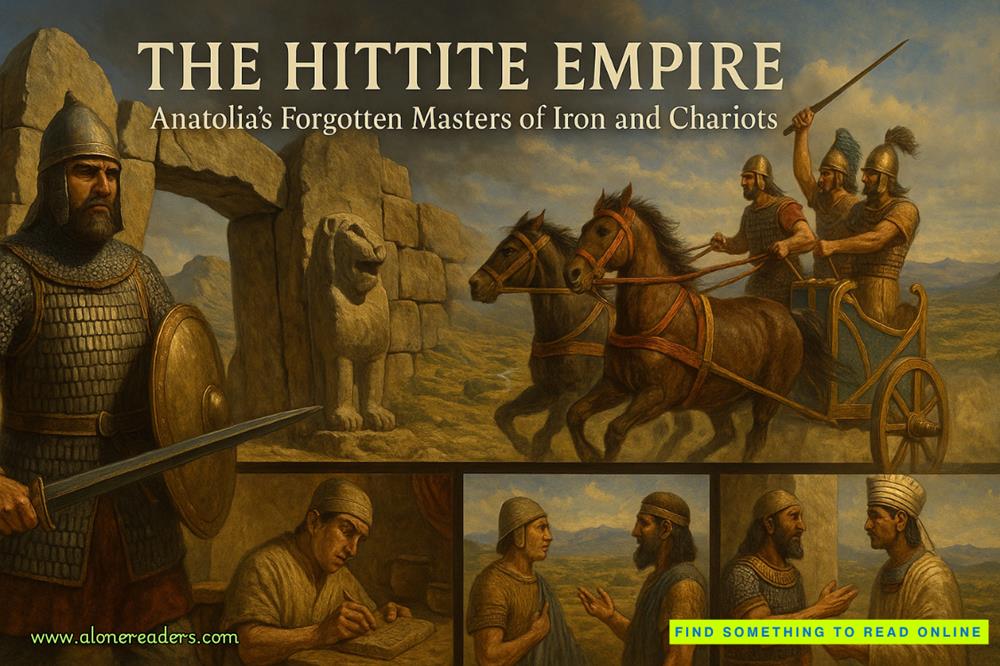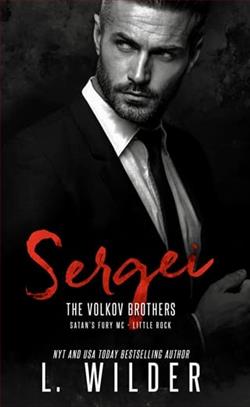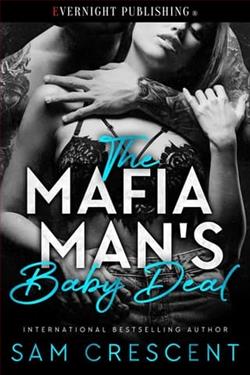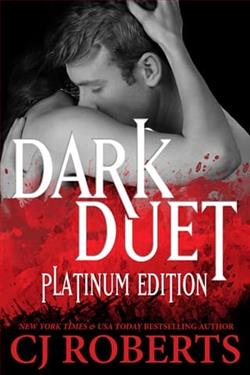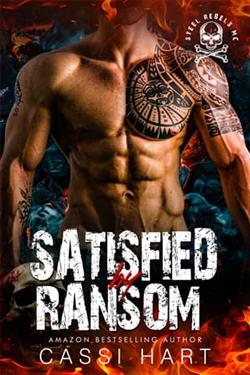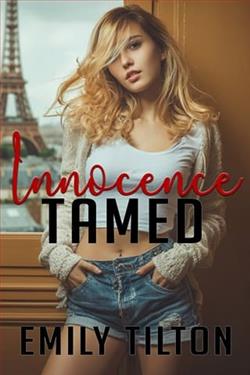Page 27 of Drawing Home
“We’re all just kids,” she said, glancing pointedly up the stairs. Henry, several years older than her, was an adult, of course. But he looked much younger than his age, and she doubted Richard Bellamy cared about such fine distinctions anyway. “And we don’t trust adults. So if you want Henry to let you be the one to sell his work, you’re going to have to go through me. To be perfectly honest,” she added, and this part was true, “he’s happy to keep his work this side of Fourteenth Street.”
“If he wants to make real money, I highly doubt that.”
“He wants to be an artist. I’m the one who cares about money.” Again, the truth. Bellamy appraised her, rubbed his jaw, glanced up the stairs, and said, “When can he be ready?”
The Green Gallery at 15 West Fifty-Seventh Street hosted the first show of Henry Wyatt’s work on February 21, 1962. After that success, she brought Bellamy three more painters, all “minimalists,” as Bellamy called them. Henry hated being shoved into any category, let alone one that was as “contextually meaningless” as minimalism.
By this time, Bea had informally moved into Henry’s place on Greenwich Avenue. He holed himself up painting all day and she made the rounds of the studios of their ever-widening circle of friends, prospecting for new talent to add to her roster. Every night there was another party, sometimes two or three. On rooftops in the Lower East Side, in garden apartments in the West Village, in giant lofts in SoHo (one place was so big, the hosts had a roller-skating party). It felt like they owned downtown.
The one thing that nagged at Bea was how very much it felt like a boys’ club. Most of the artists getting the big sales were men, as were most of the people running the galleries.
It was the glaring, astonishing talent of artist Anja Borsok, a chain-smoking blonde from Vienna, that inspired Bea to take a leap professionally. Anja, obsessed with Judy Garland, created paint-and-paper collages on canvas with incongruous references toThe Wizard of Oz,gangsters, and Russian leader Nikita Khrushchev—sometimes all within the same work. Bea knew Anja could be her second big client.
Richard refused to visit her studio.
“It has to be because she’s a woman,” Bea said to Henry, walking fast to keep up with him. They were late for a party in SoHo, another sprawling loft, this one on Prince Street. Bea was falling in love with the cast-iron buildings with their impossibly high ceilings and faded grandeur.
“So take her somewhere else,” Henry said. “There are other galleries.”
They turned onto a cobblestone street somewhere near Lafayette. Bea stopped walking and grabbed Henry’s arm. “Why should I have to beg a gallery to take work I know is good, work I know is going to sell? We should open our own gallery. Right down here.”
A month later, Bea and Henry pooled their money to buy a five-story cast-iron building on Spring Street for sixty thousand dollars. They turned the top floor into Henry’s studio, the third and fourth floors into their living space, the second floor into an office, and the ground floor into the gallery.
The Winstead-Wyatt Gallery opened its doors in the fall of 1963. The press anointed them art’s new power couple. Everyone, but everyone, assumed they were together. Bea never bothered correcting people.
As Bea was talking to Julia, the gallery assistant, her phone rang. She looked at the screen. Kyle, the turncoat. Bea had half a mind to send it to voice mail. But curiosity got the better of her.
“I need to talk to you,” he said when she answered.
“Hence the phone call,” she said drily.
“Where can we meet?”
“The hotel bar. Where else?”
She hung up the phone, opened the camera app, and snapped photos of the drawings against the protests of the gallery assistant.
“My dear, I assure you,” Bea said, “it is taking all of my willpower not to simply pull these from the walls.”
The young daughter of one of the housekeepers waited on the lobby couch for her mother to finish her shift. She was about six years old, and the sight of her made Emma smile. The girl had big eyes and dark hair bunched in pigtails, and she wore the type of simple, pastel sundress Emma used to put Penny in at that age. Like Penny, the girl shifted impatiently and eyed the backgammon board.
Emma remembered sitting on that same couch herself as a young girl, sometimes for as long as a few hours while her mother ran errands and her father worked at the bar. When he finished, he would give her a lollipop from the stash behind the front desk before taking her by the hand to go home.
Emma reached down to a knee-level shelf and pulled out the decades-old tin pail she still kept filled with candy.
“Jasmine,” she called to the girl. “Come pick out a treat. But ask your mom before you eat it.”
The desk phone rang.
“The American Hotel, Emma speaking.”
“Emma, it’s Jack. I’m in the office. Can you come see me for a minute?”
The back office was a tight space with just a desk, two chairs, and two filing cabinets. The walls were covered with postcards from around the world, yellowed newspaper clippings of articles about the hotel, and sports memorabilia.
“Take a seat,” Jack said, standing in front of the filing cabinets.
She perched on the edge of the desk chair, reminding herself to finish e-mailing reservation confirmations to customers when they were done.


